Search engine optimization has evolved dramatically in recent years, with Google’s algorithms getting smarter and more context-aware. One of the most powerful and often underutilized strategies to boost your SEO game is using LSI keywords.
In this blog post, we’ll explore what LSI keywords are, how to find LSI keywords and use them effectively using modern tools and proven strategies.
Key takeaways:
|
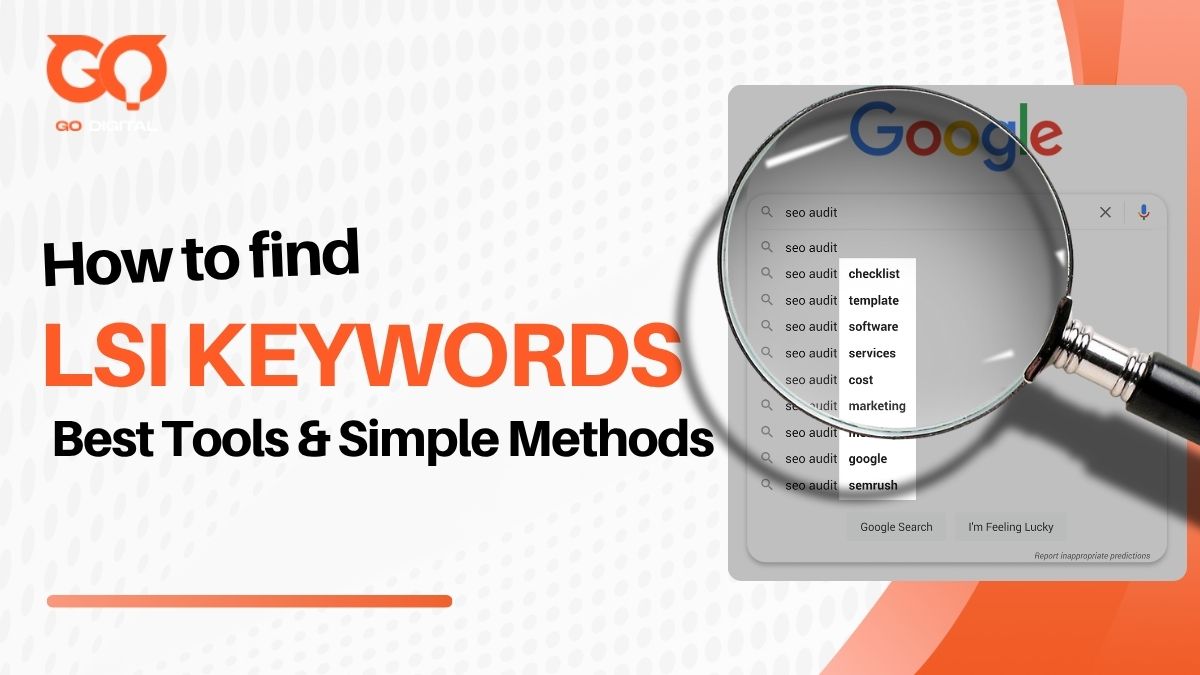
How to Find LSI Keywords for SEO: Best Tools & Simple Methods
What Are LSI Keywords? 5 Things You Need to Know
Before we dive into how to find LSI keywords, it’s important to know what they are. LSI keywords come into the game for us today since search engines are very much smarter.
1. What are LSI Keywords?
LSI stands for Latent Semantic Indexing. In SEO, LSI keywords are words and phrases that are closely tied to and related to your main keyword. They help search engines understand the context of your content beyond the exact words you use.
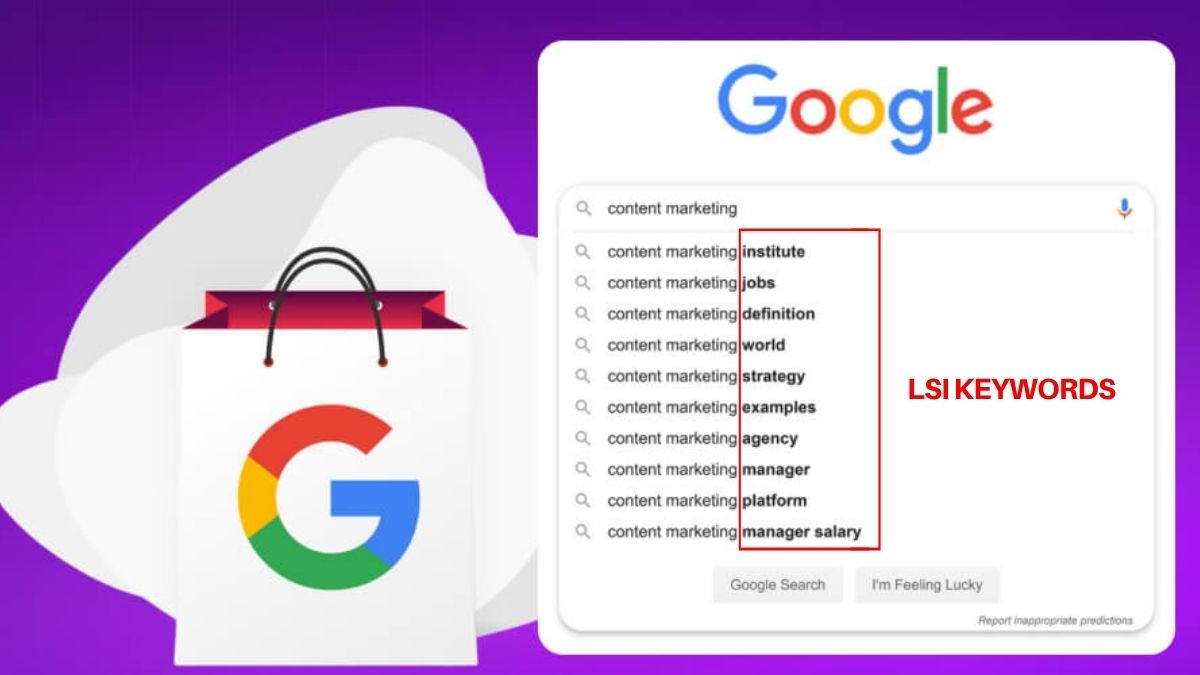
What Are LSI Keywords?
For example: If you want to rank for “SEO- Search Engine Optimization”, related terms might include:
- “On-page optimization”,
- “Backlinks”,
- “Search rankings”,
- “Keyword research”,
- “Content marketing”,
- “Technical SEO”
- “SERP”.
2. Are LSI Keywords the same as Synonyms?
Many people think LSI keywords are the same as synonyms, but that’s not true. While synonyms are words with similar meanings (like “jogging” and “running”), LSI keywords go a step further.
They are contextually related, not necessarily similar. For example, words like “running shoes”, “cardio exercise”, or “burn calories” aren’t synonyms for “jogging”, but they are closely related, making them great LSI keywords.
3. The Importance of LSI Keywords in Modern SEO
Google doesn’t actually use Latent Semantic Indexing, an old indexing method developed in the 1980s, in their ranking algorithms. Instead of LSI, Google uses more advanced semantic technologies to understand content context, such as:
- Knowledge Graph: This semantic database helps Google understand relationships between entities like people, brands, locations, and concepts.
- Natural Language Processing (NLP): Google’s NLP algorithms identify entities, context, and even user intent behind search queries and written content.
- AI and Machine Learning: Advanced models like BERT (and more recently, MUM and Gemini) help Google process language more like a human would.
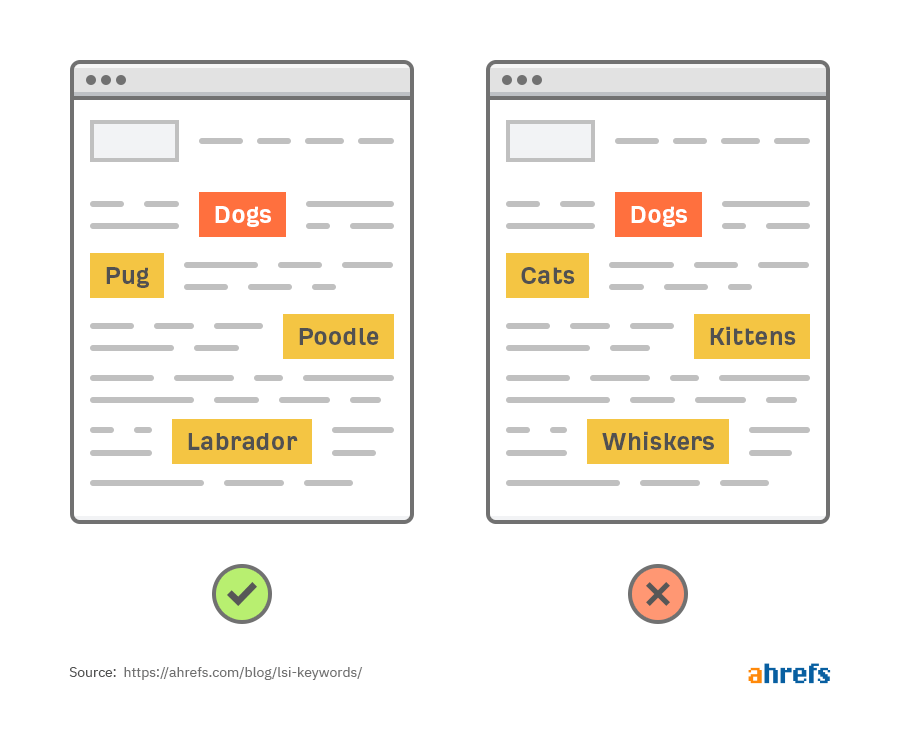
Boost your SEO and user experience by using LSI keywords (source: Ahref)
Using LSI keywords helps your content stay in sync with how search engines understand language. They naturally expand your topic coverage, boost relevance, and improve your chances of ranking for related searches. Plus, they make your content clearer, more engaging, and easier to read.
→ By using related terms that reflect real user searches, your content becomes easier to read, more comprehensive, trustworthy, and more likely to keep people engaged. That’s why mastering how to find LSI keywords can have a real impact on engagement and SEO.
>>Read more: Why SEO Audit Is Important To Unlock 10X Website Performance
7 Benefits of Using LSI Keywords for Better SEO
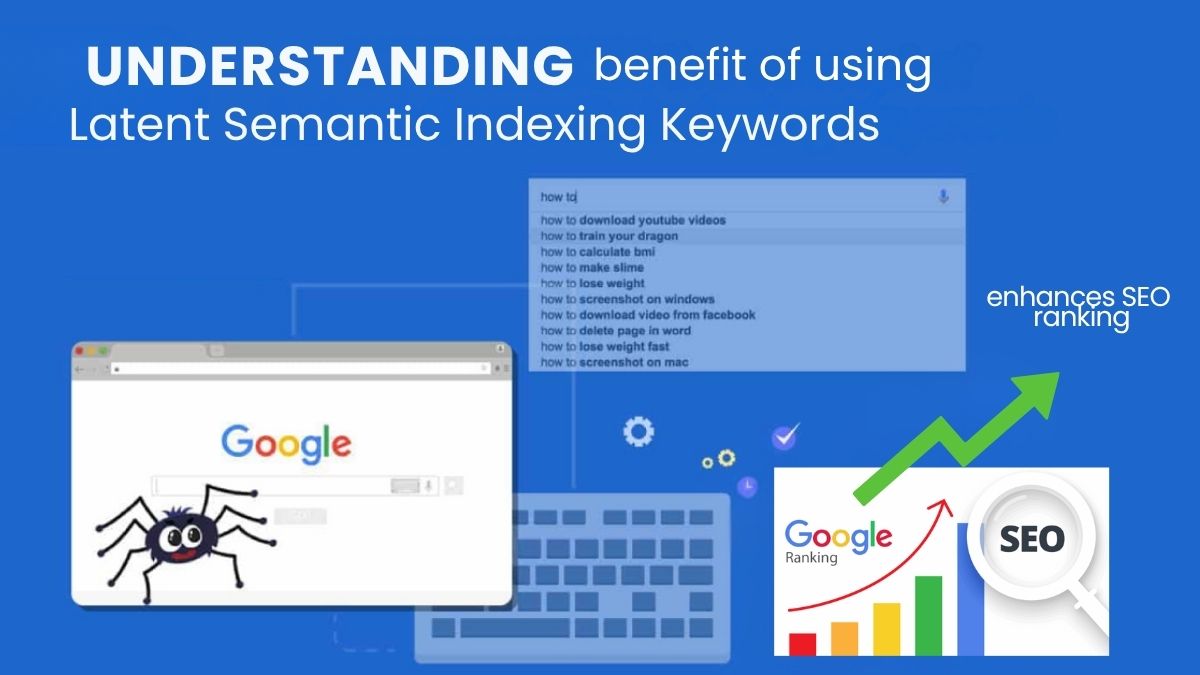
Benefits of Using LSI Keywords to Improve SEO Performance
Integrating LSI keywords into your content strategy doesn’t just enhance optimization; it significantly improves user experience and discoverability. Here are seven clear benefits:
1. Enhanced Content Relevancy: Using related terms makes your content more aligned with user intent. Google rewards content that’s contextually rich and answers more than one version of a query.
2. Enhances SEO Rankings: By adding semantic variety, your content becomes eligible to rank for a wider range of user queries, including long-tail variations and voice search terms, without keyword stuffing.
3. Reduced Bounce Rates: When users find what they’re looking for thanks to accurate context, they’re more likely to stay longer. That means lower bounce rates and improved engagement.
4. Increased Topical Depth: Google prefers in-depth content. Using LSI keywords helps cover multiple aspects of a topic, leading to better perceived value.
5. Avoids Keyword Cannibalization: By diversifying your phrasing, you prevent multiple pages from competing for the same keyword and improve site-wide SEO.
6. Improved Voice Search Optimization: LSI keywords mirror natural language patterns, which aligns better with voice queries like “What are the best hiking shoes for rough terrain?“
7. Boosts Content Visibility Across Search Features: From “People also ask” to “Related searches”, rich content with LSI keywords is more likely to show up in multiple SERP features.
How to Find LSI Keywords for SEO in 2025? 5 easy ways
You don’t need to be an SEO expert to uncover powerful LSI keywords. Let’s explore 5 modern tools and intuitive methods to find and pick LSI keywords:
- Google Autocomplete
- Google’s Related Searches
- People Also Ask (PAA) Boxes
- Free & Paid LSI Keyword Research Tools
- Analyze Top-Ranking Competitors
1. Google Autocomplete
The fastest way to start learning how to find LSI keywords is to use Google itself. Start with Google, it offers real-time data and intent-based suggestions. You’ll see autocomplete suggestions that reveal what users are frequently searching in relation to that keyword.
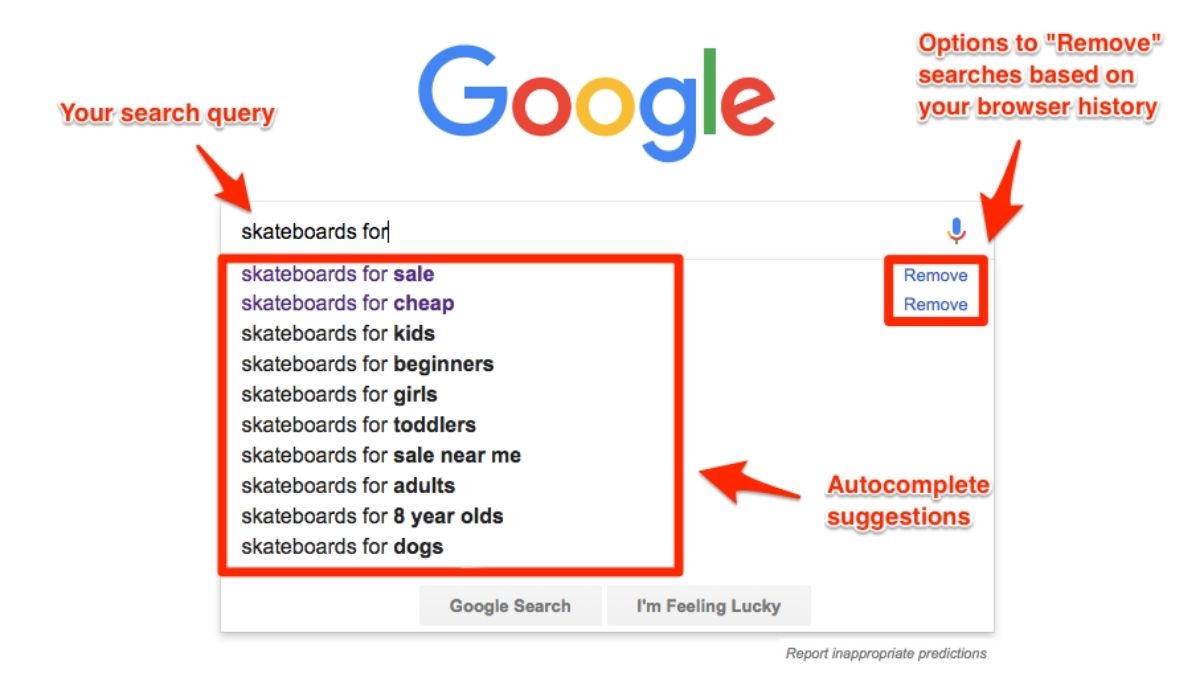
Type your main keyword and see what pops up
2. Google’s Related Searches
At the bottom of the SERP, Google displays “Searches related to…”. These are highly relevant LSI keyword suggestions based on actual user behavior.
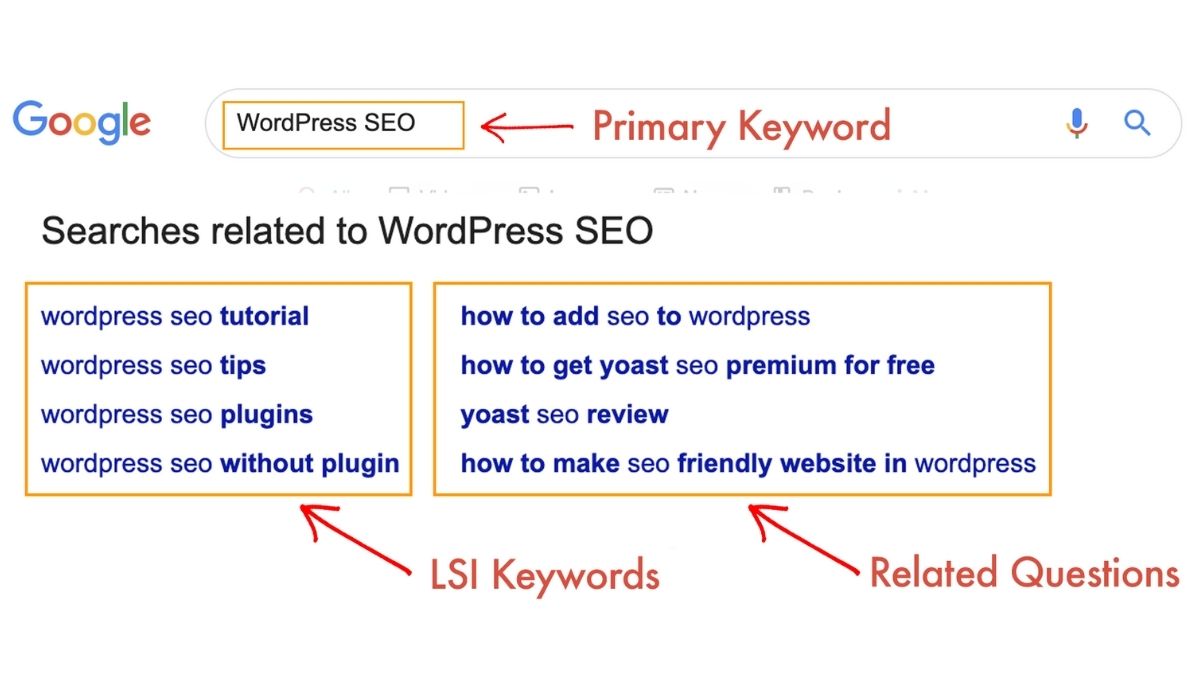
Google’s Related Searches Section Displaying Semantic Terms
3. People Also Ask (PAA) Boxes
Another underrated tactic in how to find LSI keywords is analyzing PAA boxes. These expandable boxes on the SERP surface common questions people ask around your main keyword. They’re a great source of natural-language LSI keywords and content ideas.
People Also Ask Box Highlighting SEO-Related Questions
4. Explore Free & Paid LSI Keyword Research Tools

Best Free and Paid LSI Keyword Research Tools for 2025
Several tools are designed specifically to help with semantic keyword discovery:
- LSIGraph: One of the most popular tools for finding LSI keywords based on a seed keyword.
- Ubersuggest: Offers a list of related keyword ideas, search volume, and competition data.
- AnswerThePublic: Visualizes related questions and prepositions for any topic.
- SEMrush/Ahrefs: Industry giants with keyword clusters and semantic SEO features.
- Surfer SEO: Helps with content relevancy techniques by comparing your content with top-ranking competitors.
Want to know about SEO tools? Maybe you should read What Is the Best SEO Tool for Small Businesses?
5. Analyze Top-Ranking Competitors

Analyzing Top-Ranking Competitor Pages for LSI Keyword Ideas
One of the smartest ways to figure out how to find LSI keywords is to study what’s already ranking. Look at what terms your competitors are using. Use tools like:
- Frase.io to extract related phrases.
- MarketMuse to audit content and identify topic gaps.
6 Smart Ways to Integrate LSI Keywords into Your Content
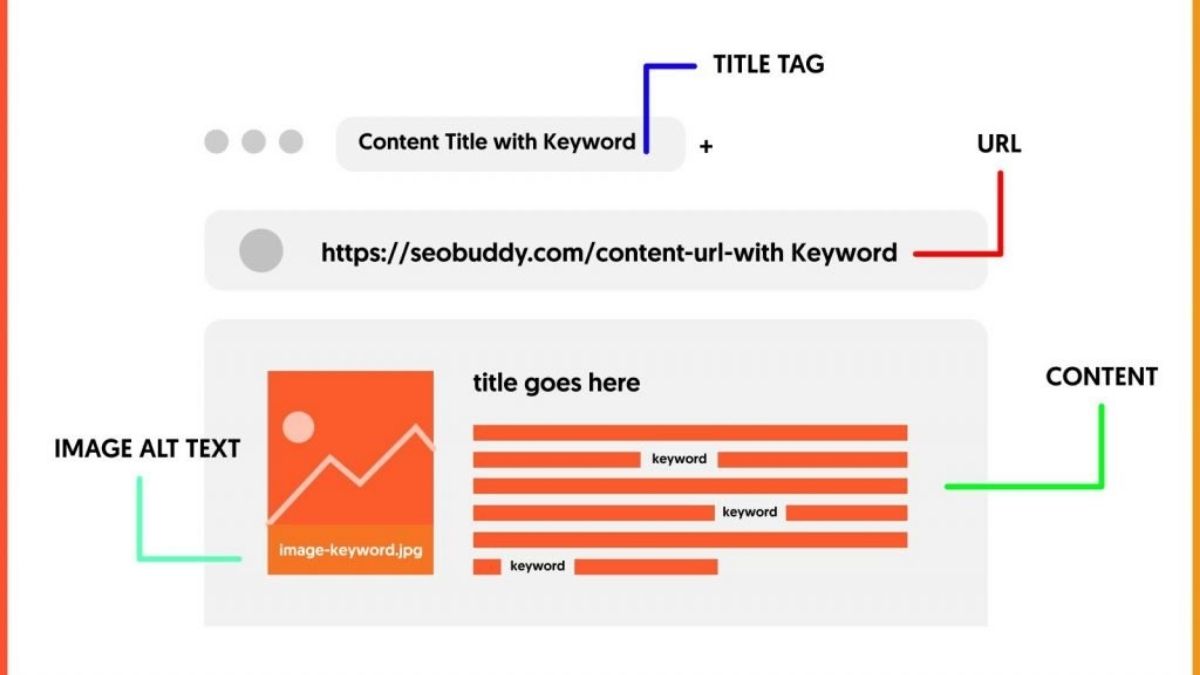
How to Use LSI Keywords in Headings, Content, and Meta Tags
Once you’ve selected the right LSI keywords, you need to know where and how to place them to improve your SEO without overdoing it.
1. Use Them in Headings (H2, H3)
Using LSI keywords in subheadings H2s and H3s helps signal to search engines that your content addresses the topic thoroughly.
2. Include in the Introduction and Conclusion
Place LSI keywords early in your article (within the first 100 words) to reinforce the topic and boost relevance signals.
3. Sprinkle Naturally in Body Text
Avoid stuffing. Integrate LSI keywords where they make contextual sense, especially around your core message. For instance, if your main keyword is “Iced Coffee”, you can naturally include LSI keywords like “Starbucks iced coffee recipe” and “iced coffee at home” in a sentence like:
“Looking for Starbucks iced coffee recipe? We’ve got you covered. Here is a recipe you can use to make iced coffee at home that tastes just like one at fancy stores.”
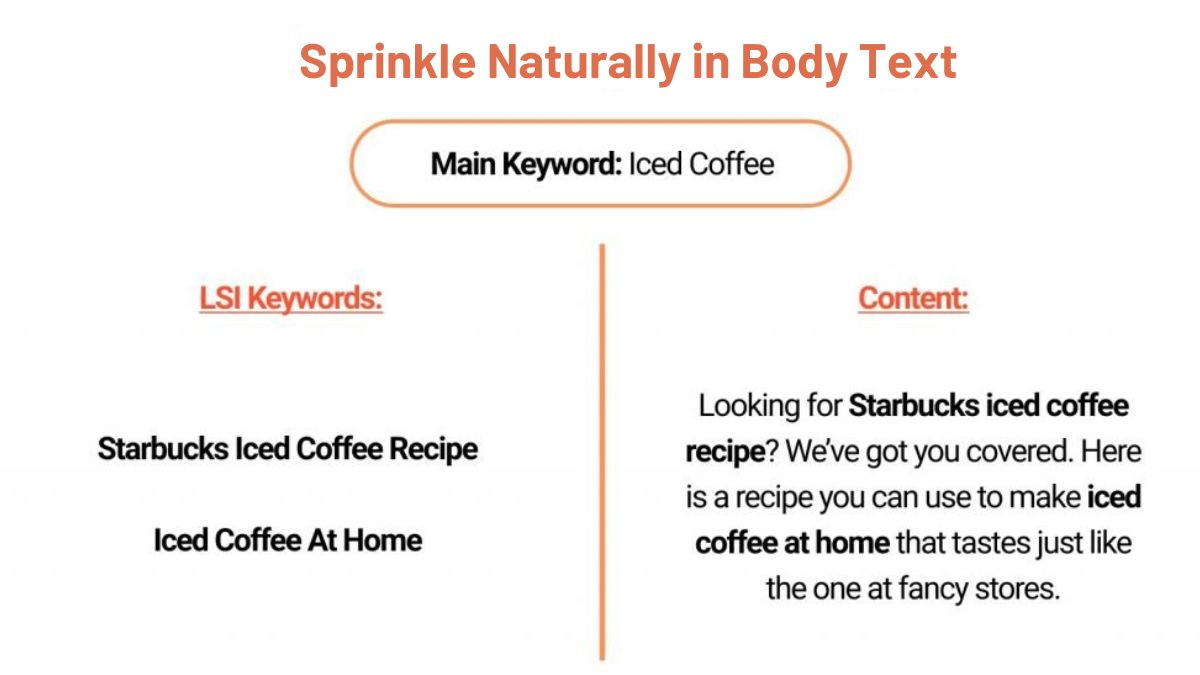
Sprinkle LSI keywords naturally into your content so they fit the flow and add value, not clutter
4. Add to Image Alt Text and Captions
Google indexes image alt text. Use related terms here to support SEO keyword optimization.
5. Optimize Your Meta Description
While meta descriptions aren’t a direct ranking factor, including LSI keywords can improve your click-through rate, which is a behavioral ranking signal.
6. Use FAQs and Schema
LSI keywords often appear in user questions. Use FAQ sections to naturally include related search terms and implement structured data for bonus visibility.
Common Mistakes to Avoid When Using LSI Keywords
Even if you understand how to find LSI keywords, mistakes can undermine your strategy. Here are pitfalls to avoid:
1. Keyword Stuffing (Even with LSI Terms)
Using too many variations makes your content feel unnatural. Focus on clarity and reader experience. Just because LSI keywords are helpful doesn’t mean you should overuse them.
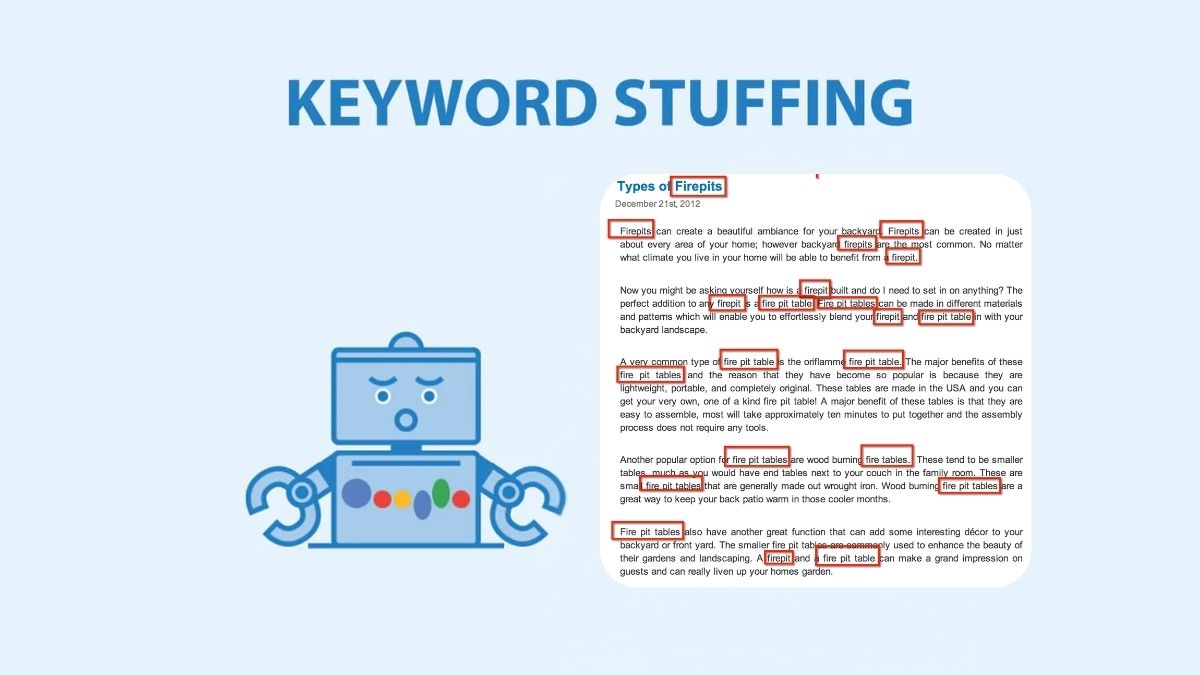
Overloading even helpful LSI terms can hurt your readability
2. Choosing Irrelevant Related Terms
Just because a word shows up in a keyword tool doesn’t mean you should use it. Some related words might not really fit your topic. They could be too general, too specific, or just off-topic. Therefore, make sure your LSI keywords actually support the core message of your content.
3. Ignoring Context and Meaning
It’s not only about using the right words, it’s about using them in the right way. If you add a keyword without thinking about how it fits the sentence, it can sound weird or confusing. Always check that your sentences make sense and feel natural when you read them out loud.
4. Prioritizing Keywords Over Value
Some writers focus so much on keywords that they forget to deliver real value. Remember, Google’s goal is to serve users. Focus on creating helpful, relevant content first—and then optimize with LSI keywords as a support tool, not the main focus.
You might be interested in: Outsource Backlink Building: 6 Steps to Get It Right
Final Thoughts
In summary, understanding how to find LSI keywords can be a game-changer for your SEO strategy in 2025. By using the right LSI keyword research tools, applying semantic keyword analysis, and focusing on content relevancy techniques, you can boost your visibility, increase engagement, and outperform competitors.
At Golden Owl Digital, we believe in helping businesses grow with smart, data-driven SEO strategies. By integrating LSI keywords into your content the right way, you can boost visibility, drive more organic traffic, and build long-term authority. Start optimizing with LSI keywords today to stay ahead in the ever-evolving digital landscape.

Jaden is an SEO Specialist at Golden Owl Digital. He helps brands rank higher with technical SEO and content that resonates






